Słoń, nosorożec i tygrys na elewacjach kamienic Starego Miasta? Dzięki bogato zdobionemu i dowcipnemu literackiemu przewodnikowi po zakamarkach Krakowa odkryjesz, skąd się tam wzięły.
Turyści uwielbiają nie tylko panoramy, ale również szczegóły. Dokumentując swoje wędrówki, często poszukują takich detali, po to by je uwiecznić, a także cieszyć się własną spostrzegawczością i umiejętnością wyłuskiwania z bogatego pejzażu znaczących elementów. Bestiariusz krakowski ułatwia te poszukiwania i poprzez literackie medium zwraca uwagę na elementy zdobnicze charakterystyczne dla zabudowy okolic krakowskiego Rynku.
Bogusław Rostworowski wychował się w dwóch kulturach: polskiej i brytyjskiej, nie tylko więc pozwala swoim tekstom zaistnieć w dwóch językach, ale także łączy w swoim spojrzeniu charakter rozmiłowanego w mieście mieszkańca, a zarazem przybysza – sam zamieszkał w Krakowie dopiero jako osoba dorosła.
What are elephants, rhinoceroses and tigers doing on the facades of houses in Kraków’s Old Town? Discover how they came to be there with the aid of this witty, richly illustrated literary guide to these little known treasures of Kraków.
While tourists of course love townscapes, they no less appreciate the rich architectural details within them. And when documenting their trips, often they search for particular features and small details, not only to record them but also to satisfy a sense of achievement at having noticed these minor details within their overall architectural setting. To make this task easier, this Kraków Bestiary uses a literary medium to draw the visitor’s attention to these beautiful features, so characteristic of the architecture in the Main Square and its surrounding streets.
Bogusław Rostworowski, who was raised in post-war England before returning to live in his Polish homeland as a young adult, presents his poems in both Polish and English. Thus, they express both the freshness of a newcomer’s perception as well as the love for his city.
Powyższy opis pochodzi od wydawcy

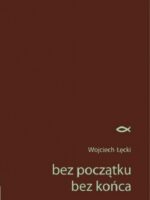
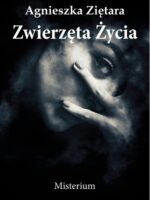

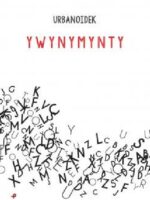
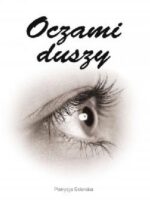
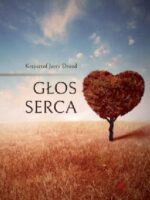


Dodaj pierwszą recenzję “Bestiariusz krakowski”